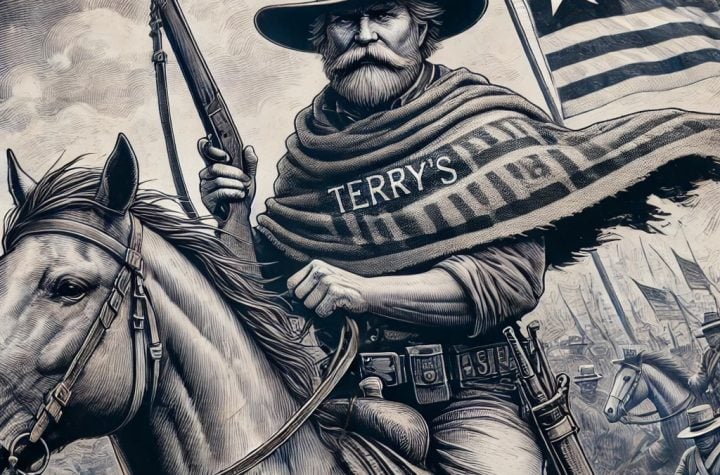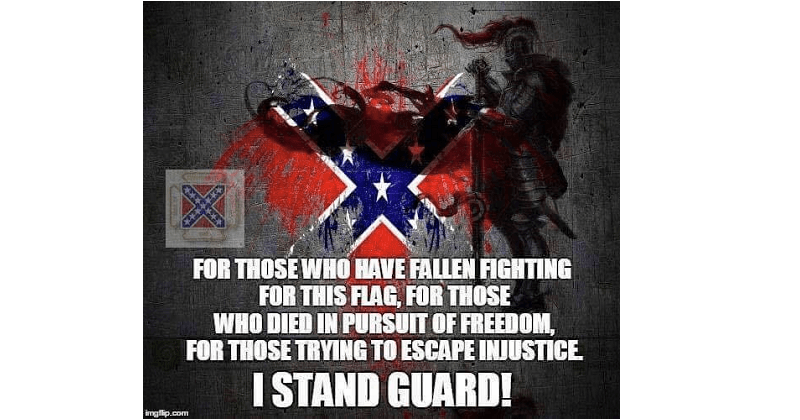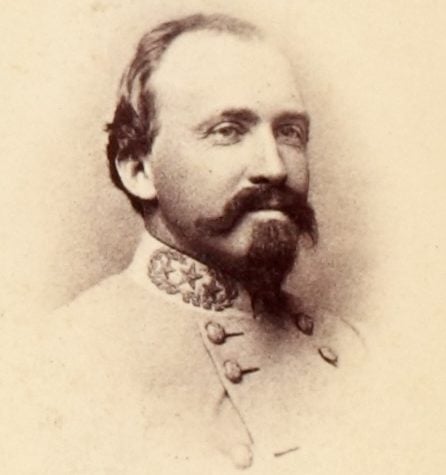
Union General McClellan had just come into some key intelligence. Now he thought he had Robert E. Lee right where he wanted him, in enemy territory with his forces divided:
“Here is a piece of paper with which if I cannot whip Bobbie Lee, I will be willing to go home.”
What was that piece of paper?
On 13 September 1862, McClellan’s Union army was at Frederick, Maryland, camped in the same fields that had just been abandoned by Lee’s men. Private Mitchell was stacking rifles when he spotted three cigars on the ground, wrapped in a piece of paper.
The cigars were a good prize, but when Mitchell looked at the paper he saw, “Army of Northern Virginia, Special Orders No. 191.”
Within hours that paper was in the hands of General McClellan, who said, “Now I know what to do.”
Just the day before McClellan had wired his superior, “My columns are pushing on rapidly to Frederick. From all I gather, secesh is skedalleling, and I don’t think I can catch him unless he is really moving into Pennsylvania.”
That piece of paper changed everything. McClellan now knew that Lee had sent Stonewall Jackson to capture Harpers Ferry, and that other brigades had been sent to execute other actions. The paper showed that Lee’s forces had been split into five parts and scattered over a 30-mile stretch. At least eight miles separated each piece of Lee’s army, and McClellan was just a dozen miles from the nearest Confederate unit.
But McClellan had a problem: the orders were a few days old. He could not be sure whether Stonewall had returned or whether the other Confederate forces had rejoined the Confederates 12 miles away.
Still, McClellan knew where the enemy was, if not how strong he was. So he was cautious and advanced his 30 brigades so they were all available to attack the Confederates. Lee’s total force was only 14 brigades, so his caution should ensure victory.
But in fact, there were only five brigades 12 miles away. General D. H. Hill was in command of those brigades and later wrote:
“McClellan could have crushed my little squad in ten minutes but for the caution inspired in him by the belief that Lee’s main body was there.”
Lee found out what the Federals were doing. He sent a division to reinforce his rear guard and delay McClellan. The resultant battle on 14 September slowed the Union advance enough for Stonewall Jackson to complete taking Harpers Ferry and race to join Lee along Antietam Creek on the 16th.
You can see a bridge over the creek in the photo above, where 450 Georgians under General Toombs held back several assaults by 14,000 men of General Burnside’s Corps.
September 17th would be the bloodiest day of fighting in American history, as 75,000 Union troops attacked 38,000 Confederate troops. The Federals would call it the Battle of Antietam. Confederates called it the Battle of Sharpsburg.
No single day of battle in American history brought more casualties. The Union suffered 12,410 casualties, 25% of the Yankee force. The Rebels had 10,316, 31% of its men. But Lee’s army was able to cross the Potomac the next day.
The captured document could have given McClellan the opportunity to destroy Lee’s Army of Northern Virginia, but it didn’t happen.




More Stories
General Dwight D. Eisenhower’s Reflection on Robert E. Lee
Sad Woke Charlottesville liberals Melt down infamous statue of Robert E Lee
NC Appeals Court rules for Town of Louisburg in removal of Confederate monument